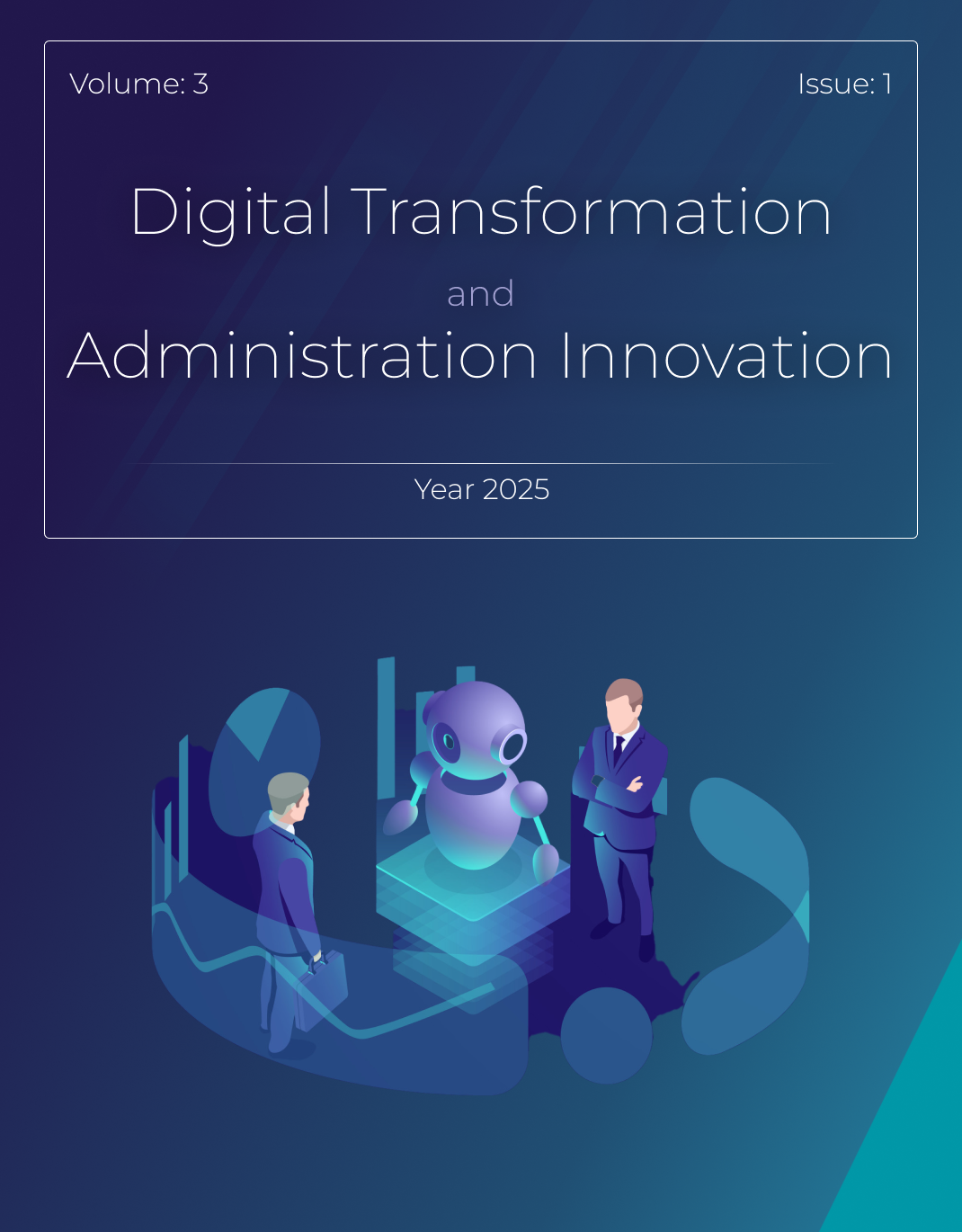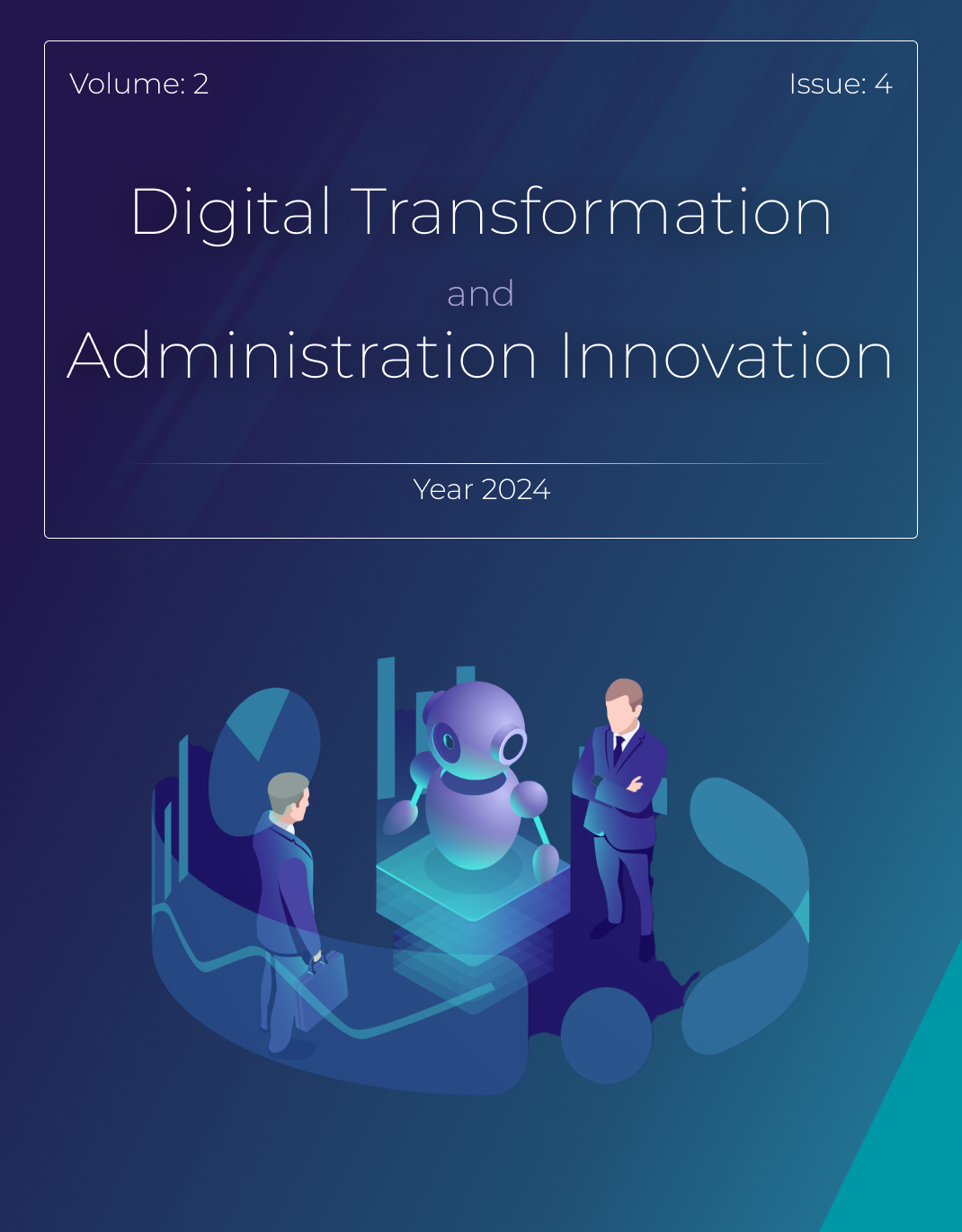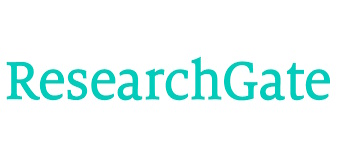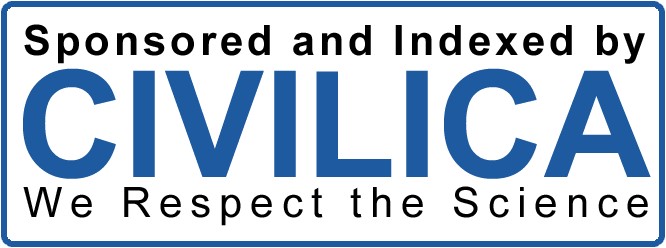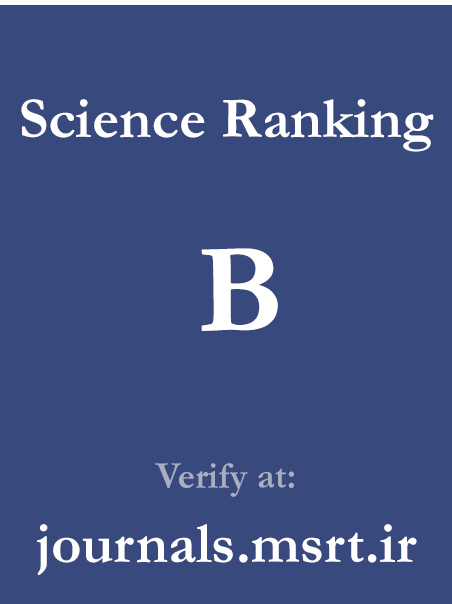Investigating the Mediating Role of Organizational Dissent in the Relationship Between Organizational Silence and Employee Invisibility in the Imam Khomeini Relief Committee (RA) of Yazd
Keywords:
Organizational Dissent, Organizational Silence, Employee Invisibility, Imam Khomeini Relief Committee (RA) of YazdAbstract
The present study aimed to investigate the mediating role of organizational dissent in the relationship between organizational silence and employee invisibility in the Imam Khomeini Relief Committee (RA) of Yazd. The research method was descriptive and correlational in nature. The statistical population included all 300 employees of the Imam Khomeini Relief Committee (RA) of Yazd, from whom 152 individuals were selected as the sample based on Cochran’s formula. Standard questionnaires were used, similar to those applied in previous studies. In this study, the validity coefficients for the questionnaires of organizational silence, organizational dissent, and employee invisibility were calculated as 0.909, 0.880, and 0.922, respectively. The reliability coefficients for the questionnaires of organizational silence, organizational dissent, and employee invisibility were calculated as 0.904, 0.937, and 0.918, respectively. Data analysis was conducted using SPSS version 20 and LISREL software. Pearson’s correlation coefficient and structural equation modeling (SEM) were employed for data analysis. The research findings indicated that organizational dissent plays a mediating role in the relationship between organizational silence and employee invisibility in the Imam Khomeini Relief Committee (RA) of Yazd.
Downloads
References
Ahmadi, A. J., Ahmadi, M., & Safdari, R. (2023). The Relationship between Organizational Silence and Organizational Citizenship Behavior Considering the Mediating Role of Organizational Commitment. Seventeenth International Conference on Psychology, Counseling, and Educational Sciences. https://civilica.com/doc/1762331/
Akharavi, A. H., Ramazani, Y., & Tatari, M. (2022). Investigating the Impact of Passive Leadership on Online Interaction in Social Media with the Mediating Role of Job Independence and Resilience. Sustainable Human Resource Management, 4(6), 243-250. https://shrm.journals.umz.ac.ir/article_3878.html
Aminzadeh, F. (2019). Investigating the Relationship between Toxic Leadership and the Invisibility of Employees at the General Education Department of Qazvin. International Conference on Innovative Ideas in Accounting Management, Economics, and Banking, https://elmnet.ir/doc/20537523-81731
Anbardar, M., & Mohadnia, M. (2023). Investigating the Relationship between Organizational Silence and Psychological Empowerment of Secondary School Teachers in District 3 of Shiraz. Third National Conference on Practical Ideas in Educational Sciences, Psychology, and Cultural Studies, https://civilica.com/doc/1788636/
Bagheri, M., & Hossein Pour, M. (2023). The Mediating Role of Organizational Silence in the Relationship between Organizational Cynicism and Deviant Behaviors of Employees in Khorramshahr Education. Seventh National Conference on New Research in Counseling, Educational Sciences, and Psychology in Iran, https://civilica.com/doc/1742077/
Douglas, S., & Roberts, R. (2020). Employee age and the impact on work engagement. Strategic Hr Review, 19(5), 209-213. https://doi.org/10.1108/SHR-05-2020-0049
Fatehi Zadeh, A., & Zare, R. (2019). Investigating the Relationship between Passive Leadership and Organizational Incivility with the Mediating Role of Experienced Incivility. Journal of Transformational Management, 12(2 (Continuous Issue 24)), 189-206. https://tmj.um.ac.ir/article_30817.html
Federman, B. (2009). Employee engagement: A roadmap for creating profits, optimizing performance, and increasing loyalty. Jossey-Bass. https://www.oreilly.com/library/view/employee-engagement-a/9780470522585/
Ghanbari, C., & Majooni, H. (2022). Investigating the Relationship between Toxic Leadership and Teacher Burnout through the Mediating Role of Organizational Blockage and Silence. Quarterly Journal of Strategic Research on Social Issues in Iran, 11(1). https://www.sid.ir/paper/1064863/fa
Ghasemi, R. (2020). Explaining the Relationship between Organizational Laziness and the Invisibility of Elementary School Teachers in Sari. Sixth International Conference on Management and Accounting Sciences, https://civilica.com/doc/925966/
Harter, J. K., Schmidt, F. L., & Hayes, T. L. (2002). Business-unit level relationship between employee satisfaction, employee engagement and business outcomes: A meta-analysis. Journal of Applied Psychology, 87, 268-279. https://doi.org/10.1037//0021-9010.87.2.268
Hosinzadeh, M. (2019). Investigating the Factors Affecting the Invisibility of Employees at the Zahedan Municipality. International Conference on Innovative Ideas in Accounting Management, Economics, and Banking, https://civilica.com/doc/925966/
Iddagoda, A., Dissanayake, H., & Bagienska, A. (2023). Leadership, trustworthiness and employee engagement: an insight during the COVID-19. Journal of Economic and Administrative Sciences, ahead-of-print. https://doi.org/10.1108/JEAS-08-2022-0183
Kasianni, M., & Ghanbarzadeh, N. (2020). Identifying the Factors Affecting the Invisibility of Employees (Case Study: Qazvin Judiciary). First International Conference on Management, Industrial Engineering, and Accounting, https://civilica.com/doc/1171171/
Lee, M. C. C., Brenda, Y. H., & Sim, M. R. T. (2023). Comparing effects of toxic leadership and team social support on job insecurity, role ambiguity, work engagement, and job performance: A multilevel mediational perspective. [Unpublished manuscript]. https://doi.org/10.1016/j.apmrv.2023.09.002
Macey, W. H., Schneider, B., Barbara, K. M., & Young, S. A. (2009). Employee engagement: Tools for analysis, practice and competitive advantages. https://doi.org/10.1002/9781444306538
Mirzaei, S., & Deloui, M. (2023). Investigating the Relationship between Organizational Silence and Job Satisfaction Considering Organizational Climate and Organizational Commitment as Mediating Variables in Employees of Isfahan Water and Wastewater Company. Ninth International Conference on New Perspectives in Management, Accounting, and Entrepreneurship, https://civilica.com/doc/1753187/
Mohammadiyari, Z., Sepahvand, R., Vahdati, H., & Mousavi, S. N. a.-D. (2018). The Role of Invisible Employees on Organizational Laziness in Government Organizations. Research in Human Resource Management, 31, 76-51. https://hrmj.ihu.ac.ir/article_28850.html
Mousavi, S. N. a.-D., Arif Nejad, M., Fatehi Chagani, F., & Sepahvand, M. (2020). Analyzing the Effect of Bureaucratic Culture on Employee Invisibility with the Mediating Role of Passive Leadership (Case Study: Government Organizations in Lorestan Province). Journal of Organizational Culture Management, 18(2). https://www.sid.ir/paper/400594/fa
Nakhai Sharif, V., Amiri Deloui, J., & Doshangi, R. (2023). Investigating the Relationship between Organizational Silence and Political Behavior in Organizations. Sixth International Conference on New Developments in Management, Economics, and Accounting, https://civilica.com/doc/1861342/
Ozturk, A., Karatepe, O. M., & Okumus, F. (2021). The effect of servant leadership on hotel employees' behavioral consequences: Work engagement versus job satisfaction. International Journal of Hospitality Management. https://doi.org/10.1016/j.ijhm.2021.102994
Qayeni Ahmadabad, Z. (2020). Investigating and Explaining the Concept of Employee Invisibility in Organizations. Sixth International Conference on Management and Accounting Sciences, https://civilica.com/doc/1033916/
Quansah, P. E., Zhu, Y., & Guo, M. (2023). Assessing the effects of safety leadership, employee engagement, and psychological safety on safety performance. Journal of Safety Research. https://doi.org/10.1016/j.jsr.2023.07.002
Rabiul, M. K., Karatepe, O. M., & Panha, M. (2023). An investigation of the interrelationships of leadership styles, psychological safety, thriving at work, and work engagement in the hotel industry: A sequential mediation model. International Journal of Hospitality Management. https://doi.org/10.1016/j.ijhm.2023.103508
Richman, A. L., Civiana, J. T., Shannona, L. L., Hillb, J. E., & Brennanc, R. T. (2008). The relationship of perceived flexibility, supportive work-life policies, and use of formal flexible arrangements and occasional flexibility to employee engagement and expected retention. Community, Work & Family. https://doi.org/10.1080/13668800802050350
Salehi Noudaz, A. (2021). Investigating the Impact of Team Leadership and Its Dimensions on the Psychological Empowerment of Invisible Employees (Case Study: Official Employees of Sistan and Baluchestan University). Eighth International Conference on Modern Management, Accounting, Economics, and Banking with a Business Growth Approach, https://civilica.com/doc/1202272/
Sulphey, M. M., & Jasim, K. M. (2025). Can Paradoxical Leadership Revert Silence Imposed by Corporate Hypocrisy and Organizational Inertia Bring in Voice Behavior: An Examination Using SEM. Sage Open, 15(2), 21582440251341673.
Tabatabai, M. S., Shahvazian, S., & Sharafat, A. (2020). Invisible Employees' Internal Data. Sixth International Conference on Management and Accounting Sciences, https://civilica.com/doc/1033999/
Tran, N. K. H. (2023). An empirical investigation on the impact of green human resources management and green leadership on green work engagement. Heliyon. https://doi.org/10.1016/j.heliyon.2023.e21018
Wang, J., van Woerkom, M., & Xu, S. (2023). Strengths-based leadership and employee work engagement: A multi-source study. Journal of Vocational Behavior. https://doi.org/10.1016/j.jvb.2023.103859
Yazdani, F., Noori, H., & Khalaf, M. (2024). The relationship between organizational trust and organizational resilience with the perception of organizational silence among secondary school art teachers in Karbala. Educational Leadership Research, 8(29), 114-192. https://jrlat.atu.ac.ir/article_17265.html?lang=en
Zar'at Doost Estadi, F. (2021). Exploring the Nature of Invisible Schools in Primary Education from the Perspective of Educational Administrators in Taybad County Master's Thesis, Islamic Azad University, Taybad Branch]. https://civilica.com/doc/1497262/
Zhang, W. (2024). Regulatory Focus as a Mediator in the Relationship Between Nurses' Organizational Silence and Professional Identity. Journal of Advanced Nursing, 80(9), 3625-3636. https://doi.org/10.1111/jan.16113
Downloads
Published
Submitted
Revised
Accepted
Issue
Section
License
Copyright (c) 2025 Mahmoud Mehrizi (Author); Mohammad Jalalkamali (Corresponding author); Zahra Anjomshoae, Sanjar Salajegheh (Author)

This work is licensed under a Creative Commons Attribution-NonCommercial 4.0 International License.
